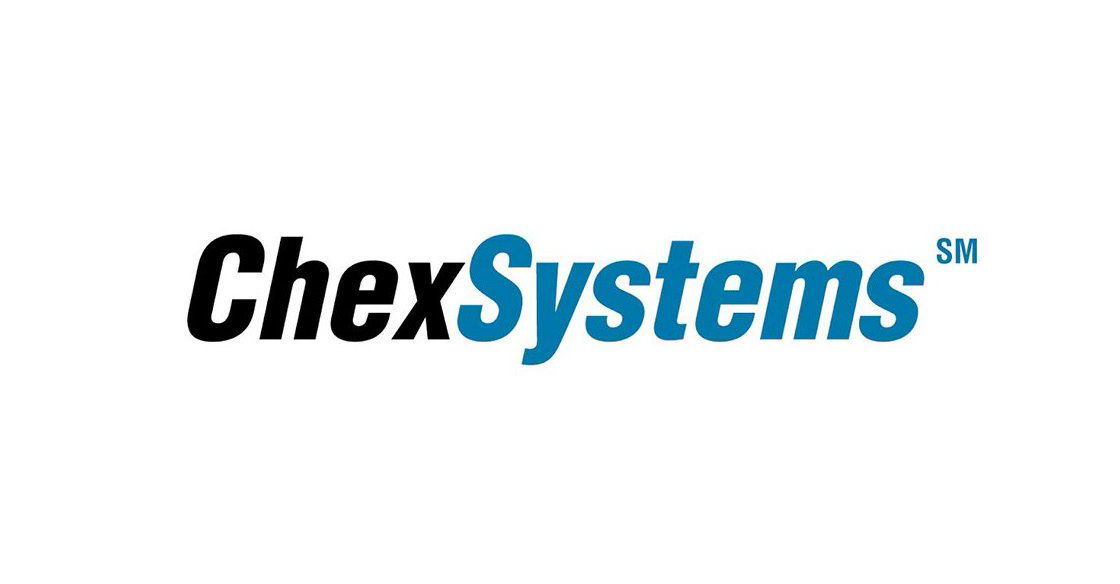At some point, you may end up with a negative bank balance. If so, don’t worry. It’s not the end of the world. In fact, it happens to many people, even those who consider themselves proficient at personal finance and responsible with money.

Fortunately, there are several steps you can take to improve your situation and prevent this issue in the future. So, what exactly is a negative balance? Keep reading to find out.
What is a negative bank account balance?
Also known as an overdraft, a negative account balance is when your account balance is less than zero. This happens when you try to make a payment for more money than you have in your account. If your bank accepts your payment, you’ll have a negative balance.
Let’s say you have $200 in your checking account and write a check for $250. In the event your bank allows this payment to go through, you’ll have a negative balance of $50. The $50 represents the difference between your account balance and what the bank paid the recipient.
What causes a negative bank balance?
As we mentioned, your balance becomes negative when you withdraw more than you have in your checking account. Unless you have overdraft protection, the check you wrote will bounce or get returned. If you do have overdraft protection, the bank will cover the difference but you’ll be charged an overdraft fee.
With some banks, you have to opt in for overdraft coverage or an overdraft program for debit card and ATM transactions. However, your bank might also offer this coverage automatically on other types of transactions. While overdraft protection can save you from some embarrassment, it can get expensive.
Here’s a look at some of the most common ways negative bank balances may occur.
Mistakes
Keeping tabs on your finances is easier said than done, especially if you lead a busy life and have a lot on your plate. It’s possible to write a check because you miscalculated and thought you had more money in your checking account than you did.
It’s also fairly common to simply forget about a few bank charges or a purchase you recently made. In addition, if you have multiple accounts with one bank, you may believe you made a payment with the account that has more money. However, you may have accidentally used an account that only had a few dollars in it. Recognize that everyone makes money-related mistakes, and there’s no reason to beat yourself up about them.
Multiple Ways to Withdraw Funds
While writing a check is a common way to create an overdraft, it’s not the only way. You may end up with a negative bank balance from an electronic payment that was automatic or scheduled.
It could also be an ATM transaction, taking cash out at a local bank, or making a debit card transaction. As you can see, there are several ways for things to go wrong. The more types of transactions you make, the greater the chance of an overdraft.
What happens if your bank account stays negative?
There are several consequences you might face if you maintain a negative bank balance and an overdraft occurs, including:
Bank Fees
If you’re enrolled in overdraft protection and make a payment or transaction that causes a negative bank account balance, you’ll be on the hook for an overdraft fee. While overdraft fees vary from bank to bank, $35 per overdraft is common.
In addition to an overdraft fee, you might face other fees, like returned check fees or declined purchase fees from retailers. Unfortunately, banks charge fees, which can add up quickly. So, it’s important to avoid an overdraft or NSF fee as much as possible.
Account Closure
It’s your responsibility to deposit funds into your checking account and resolve a negative account balance. If you fail to do so, however, don’t be surprised if your bank closes your account. This is more likely to occur if you have a history of overdrawing your account or let your account remain in the negative for too long.
Most banks understand that mistakes happen and won’t close your account if it’s your first time with a negative balance. An account closure can make it difficult for you to send and receive money. It will force you to look for a new account as soon as possible.
Debt Collection and Credit Impact
When you apply for new checking or savings accounts, banks may look at your record. If they notice an involuntary closure on your bank account history, they may decide not to open the new account you desire. Or they may allow you to open an account while imposing restrictions and hefty fees.
Furthermore, if your bank did close your account, they may send your debt to a debt collector. Once the credit bureaus are notified, it will appear on your credit report and lower your credit score. This can interfere with your ability to get approved for loans and credit cards in the future. You may also be forced to accept financial products with high interest rates and unfavorable terms.
Overdraft Fees vs. Non-Sufficient Funds Fees
Contrary to popular belief, overdraft fees are not the same as insufficient funds fees. An overdraft fee is what a bank or credit union may charge you when they lend you money because you make a transaction and don’t have enough money in your checking account. In most cases, a typical overdraft fee will run you around $35.
A non-sufficient funds fee or NSF fee, on the other hand, is when a bank returns a check or electronic transaction without paying it. It differs from an overdraft fee in that the bank voids the transaction rather than covering the shortfall.
Steps to Take with a Negative Bank Balance
If you find out you have a bank account negative, take a deep breath. These strategies can help you avoid a negative bank account, overcome this minor financial hurdle, and move on with your life.
Stop Using the Account
If you overdraw your checking account, cancel all non-essential transactions and payments until your account is positive once again. By continuing to use this account, you may be charged more overdraft and insufficient funds fees.
These fees can easily add up to hundreds of dollars. If you make automatic payments with this account, it’s a good idea to stop them too. It’s wise to have more than one bank account to help you out in this situation.
Compare Your Bank Statements
Take a close look at your bank statements to find out what triggered the negative balance. Once you hone in on the root cause, you’ll be able to prevent this issue down the road. Do the math and figure out what hasn’t been paid or received.
Deposit Money
After you’ve done your research and determined why your negative bank balance occurred in the first place, deposit some money into your bank account. It may be tempting to only deposit enough so that you’ll have a positive balance again. However, it’s well worth it to deposit more than you need to give yourself some wiggle room.
Make sure you deposit your paycheck via direct deposit or another deposit account as soon as possible to avoid leaving a negative balance for too long.
Ask Your Bank to Waive Fees
If you’ve been a loyal customer with the same bank and rarely overdraft your checking account, reach out to your bank and ask if they can waive the overdraft fees they might have charged. The worst thing that can happen when you ask about waived fees is they say “no”, so you have nothing to lose. If they do agree to waive your fees, you’ll have extra money to put into your account.
Pay the Fees
In a perfect world, your bank would waive your overdraft fees. But if they don’t because you’ve had multiple overdrafts, for example, pay them right away. Otherwise, your bank could send your debt to collections and damage your credit. They may even pursue legal action against you. It’s best to simply pay what you owe and try to avoid the fees in the future.
Can I continue to make debit card purchases?
If you’ve signed up for overdraft protection with your bank or credit card (as long as your credit card company allows it), you may still be able to make debit card purchases, even when your balance is negative. Doing so, however, can do more harm than good.
Here’s why: Most financial institutions charge $35 or more for each transaction. It causes your balance to become even more negative than it already is.
Furthermore, depending on the policies of your financial institution, continuing to use your debit card on an overdrawn account can lead to an account closure. A bank account closure may become a serious inconvenience and make it more difficult for you to open new accounts.
In addition, you should note that some states prohibit bouncing payment or writing bad checks. If you know your bank account has a zero balance, and you try to make a payment from it, you may face legal consequences.
How to Avoid Negative Balances
As long as you’re proactive, you can prevent a negative balance and the issues that come with it. Here’s how.
Opt Out of Overdraft Coverage
Overdraft coverage is not a requirement. If you don’t agree to it, your bank or credit union won’t be able to charge you overdraft fees on most debit card payments and ATM withdrawals. While you’ll avoid overdraft fees, you may still owe non-sufficient funds fees.
Once you opt out of your bank’s overdraft protection program, any transaction that would overdraw your checking account simply won’t go through. While this might be embarrassing, it can save you some money and protect your credit.
Link to Credit Card or Savings Account
Some banks and credit unions let you connect your checking account to a credit card or savings account, which can be your emergency fund. This way, they’ll have somewhere to transfer money out of if you overdraft your account.
Just keep in mind that even if you set up a linked account, you might be on the hook for a fee for each transfer. The good news is this fee will likely be cheaper than paying overdraft fees. Since your financial institution might not inform you when it makes a transfer from your linked bank accounts, it’s your responsibility to monitor your accounts closely.
Track Your Spending
Thanks to advances in technology, it’s easy to check your bank balances online and keep tabs on your spending. If you always know where your account balance stands, your chances of overdrafting your account are slim. As you check your bank account regularly, be aware of pending debit card transactions and deposits, as they can change your balance very quickly.
Sign Up for Account Balance Alerts
Many financial institutions allow customers to receive automatic low balance alerts. If you enroll, your bank will email or text you any time your balance gets below a certain threshold. Text or email alerts can ensure you always know when your checking account is low on funds and needs to be replenished.
Bottom Line
A negative bank balance can be a serious inconvenience. But fortunately, it’s a fairly simple issue to resolve and prevent down the road. As long as you take advantage of technology and stay mindful of your spending, this shouldn’t be a regular occurrence.
Frequently Asked Questions About Negative Bank Balances
How long can your bank account be negative?
The amount of time it takes to close a negative bank account depends on the specific policy of your bank. Factors like the size of your negative balance and your banking history will also play a role in the time frame. Most financial institutions, however, will close negative accounts in 30 days to four months.
Do I have to pay my negative bank balance?
It’s important to take care of your negative bank balance and deposit some money into your checking account as soon as possible. Otherwise, the credit bureaus will be informed, and your credit score may go down. Then, you may have trouble opening accounts with other banks or credit unions.




